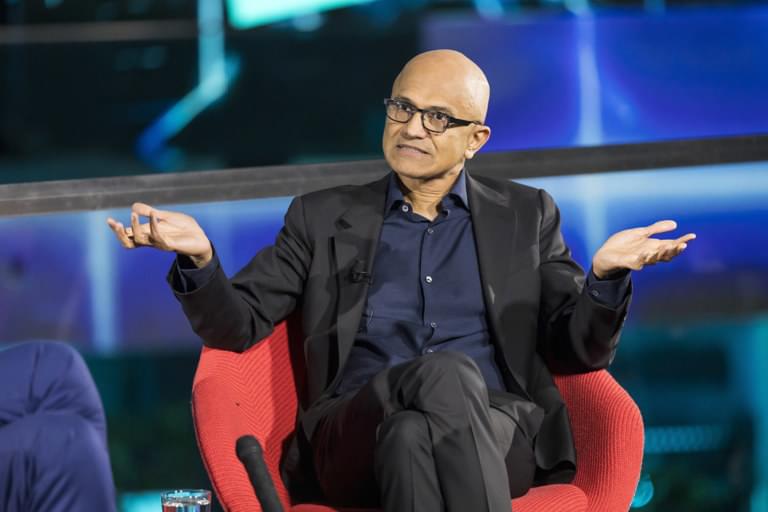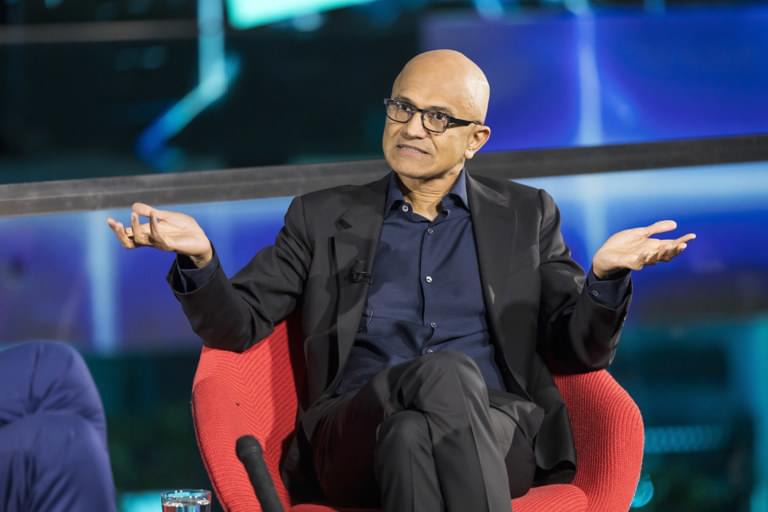The private Ax-3 mission is scheduled to lift off at 5:11 p.m. ET on Wednesday (Jan. 17).



A study led by the University of Oxford has used the power of machine learning to overcome a key challenge affecting quantum devices. For the first time, the findings reveal a way to close the ‘reality gap’: the difference between predicted and observed behavior from quantum devices. The results have been published in Physical Review X.
Quantum computing could supercharge a wealth of applications, from climate modeling and financial forecasting, to drug discovery and artificial intelligence. But this will require effective ways to scale and combine individual quantum devices (also called qubits). A major barrier against this is inherent variability: where even apparently identical units exhibit different behaviors.
The cause of variability in quantum devices.

The TOI-700 star system is home to four planets, including two in its habitable zone that could host liquid water.
NASA’s Goddard Space Flight Center.
NASA recently announced the discovery of a new, Earth-sized planet in the habitable zone of a nearby star called TOI-700. We are two of the astronomers who led the discovery of this planet, called TOI-700 e is just over 100 light-years from Earth — too far away for humans to visit — but we do know that it is similar in size to Earth, likely rocky in composition and could potentially support life.

Whenever I sit down to look at my footage from a project, my workflow usually consists of using a display LUT or a Color Space Transform (CST) modifier in DaVinci Resolve to correct my footage from RAW or Log.
With all the exposure and color tools at our disposal, one thing is missing from our workflow. Datacolor aims to change that.

How can the increased threat of drought and drier conditions from climate change impact groundwater (aquifer) usage, and ultimately, food production? This is what a recent study partially funded by the U.S. Department of Agriculture and published in Nature Water hopes to address as a team of researchers led by the University of Nebraska-Lincoln investigated how decreasing aquifer levels result in irrigation challenges for farmers now only in the United States but throughout the world.
This study holds the potential to help scientists, farmers, and policymakers better understand the appropriate steps to manage irrigation levels as climate change continues to lead to increased drought and drier environmental conditions across the globe.
“In terms of things that let you address food security under extreme conditions — in particular, drought and climate change — we really can’t do without irrigation,” said Dr. Nick Brozović, who is a professor of agricultural economics at the University of Nebraska–Lincoln and a co-author on the study. “If we want to feed the world with high-quality, nutritious food and a stable food supply, we need to irrigate.”



We can calculate the travel times for the SpaceX Starship to reach Mars. It is relatively easy to get 90 day trips each way with SpaceX Starship. This is faster than the usual 180–270 one-way travel times. This can be faster because we will have a lot more fuel to enable more direct routes to Mars. We could catch up Mars in 1/6th of an orbit instead of half of an orbit around the Sun.
There are ways to use extra expandable Starship tankers that fly with the main Starship and then transfer the extra fuel for deceleration from higher speed.
If there is more things built and working in orbit around the Earth, then this can be used to enable more ways to save fuel for faster or bigger missions. This can be done with reusable tugs to move a fully fueled Mars bound ship to higher orbits or even to escape velocity.

Princeton physicists have uncovered a groundbreaking quantum phase transition in superconductivity, challenging established theories and highlighting the need for new approaches to understanding quantum mechanics in solids.
Princeton physicists have discovered an abrupt change in quantum behavior while experimenting with a three-atom.
An atom is the smallest component of an element. It is made up of protons and neutrons within the nucleus, and electrons circling the nucleus.
Summary: The year 2023 witnessed groundbreaking discoveries in neuroscience, offering unprecedented insights into the human brain.
From animal-free brain organoids to the effects of optimism on cognitive skills, these top 10 articles have unveiled the mysteries of the mind.
Research revealed the risks of dietary trends like “dry scooping” and the impact of caffeine on brain plasticity. Additionally, the year showcased the potential of mushroom compounds for memory enhancement and the unexpected influence of virtual communication on brain activity.